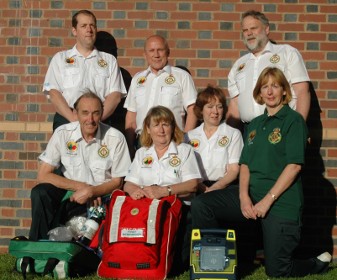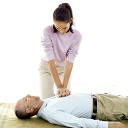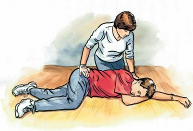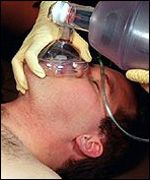Contact us
Please click here to submit an enquiry to The Vale of Evesham Community First Responders
Who are the Vale of Evesham Community First Responders?

The Vale of Evesham Community First Responders is made up of a group of volunteers who use their free time to provide emergency life support to a specific geographical area. In our case it is Pershore, Evesham, Broadway and the surrounding villages. We work closely with the West Midlands Ambulance Service (WMAS), and are dispatched to 999 incidents by their control team.
The purpose of a Community First Responder is to provide emergency medical care until the professional Ambulance Service arrives on scene. We do not replace the professional service, but we are able to provide necessary support and assistance until their arrival. The Vale of Evesham Community First Responders is aiming to provide 24 hours, seven days per week cover for the residents and businesses within our area. To enable us to achieve this we need to enlist new Community First Responders and the help of other supporters for fundraising.
Like all responder groups across the country, all our time is given voluntarily. The money that we need to purchase equipment, uniforms, etc. has to be raised by us through fundraising events, flag days or public and private donations.
How it all works
A 999 or 112 call is made:- the caller will firstly be transferred to a British Telecom operator, who will say to the caller "emergency which service to do you require?" If the caller asks for the ambulance service the operator will then ask the caller for the telephone number they are calling from (in case the call becomes disconnected) and transfers the call to the ambulance service control.
At the same time as the ambulance control operator receives the call a First Responder Controller receives the same information on a separate computer screen from the ambulance control operator. They contact the CFR by mobile phone and dispatch him/her to the scene.
Training

All First Responders attend a training course with the West Midlands Ambulance Service. They learn how to manage patients who are not breathing, including those who may have suffered a cardiac arrest, stroke, etc. They are taught how to treat unconscious patients and a range of other potentially serious conditions.
Meetings are held each month to refresh and extend this training. Responders are assessed after the initial training and at regular intervals thereafter.
Each responder undertakes a nationally recognized exam at the end of the training: First Person on Scene (Intermediate) IHDC – BTEC Level 2
Ready to go

Volunteers select times that are convenient to themselves to be on standby. They work from their home or office and carry on with their normal routine until contacted by Ambulance Control by mobile telephone. They then go promptly to patient's location and provide appropriate care and treatment until an ambulance crew arrives.
Many duty sessions may pass by without a call. At other times there may be several calls in quick succession. Duty periods may be weekdays, weekends or nights. Ideally we would provide cover at all times.
Call out

First Responders are normally used for category A calls, which may be life threatening. Common conditions are:
- chest pains
- breathing difficulties
Fortunately, cardiac arrests are less frequent but this life threatening condition requires a quick response. A rapid response may make the difference between life and death.
First Responders are not sent to road traffic accidents or violent incidents.
Treatment

In the crucial case of cardiac arrest, First Responders will administer CPR (cardio pulmonary resuscitation) and will attempt to restore circulation by defibrillation.
CFRs are trained and equipped to administer oxygen therapy when a patient's condition requires it. Oxygen, and blood pressure levels are monitored together with other vital signs until an ambulance arrives. It is normally possible to make the patient more comfortable, treat injuries, and to prevent the condition from deteriorating. Both patient and relatives are reassured by the presence of a trained person who is able to act immediately if further emergency action is needed.
Equipment
First Responders travel in their own vehicles. Signs are provided to identify the car as an emergency response vehicle, but drivers are still required to observe normal speed limits and traffic regulations. There are no sirens or blue lights.
High visibility jackets are worn and an identity card is carried. Equipment includes a defibrillator, oxygen, items for managing unconscious casualties, and dressings. The emphasis is on immediate action to save lives rather than detailed treatment of any condition.

